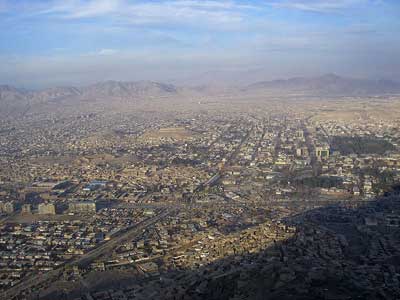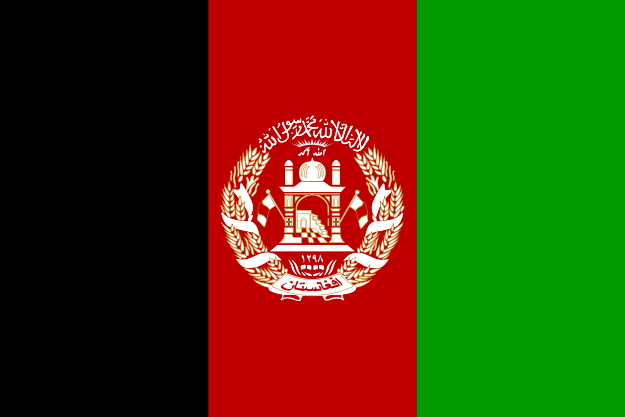 |
A view of the city of Kabul. Photo by Sven Dirks |
When I arrived in Kabul, I found that my house was made of mud bricks and was surrounded by a tall mud wall to keep out intruders. Getting settled into an adobe house was no problem, but servants had to be hired because there were so many things to do: cleaning, preparing meals, shopping, and gardening. There was electricity and running water; however, the water was not safe to drink, so daily I took one of the servants to the embassy to fill a tin container with water from their deep well.
Once we got settled in, a problem appeared. Apparently, the large rat population in Kabul learned that the farangi had a more diverse diet than did most Afghans, and they boldly moved into the house. The one thing I hadn’t brought with me were rat traps of any sort, and the Afghans were accustomed to ignoring the creatures’ forays into the kitchen because their food supply was so limited there was little for the rats to eat. With Kayum’s help, I tracked down a cat and brought into the house as a deterrent to the invading rats. It did cut down on the unwanted visitors, but had its own way of working. Once the kitchen stove cooled off, it would crouch up there waiting for an unwary rat to sneak into the area, then leap on it like a leopard. My mother came to visit from the United States and was horrified by such predatory action. However, it worked well, and before long there were no rats left in the house.
 |
| An Afghani spice market. |
Eating presented a real challenge, as the food supply had to be bought mainly from the local market, or bazaar. On infrequent occasions, the embassy would allow us to order some modest amount with their food shipments. The markets were stalls, open-fronted, with no glass or other protection from insects. Refrigeration in the bazaar was totally unheard of, although my house did have a small refrigerator. There were butcher shops and fruit and vegetable stalls, but none of the vendors carried preserved foods, except for locally-made raisins.
I did my own shopping in order to see what was being grown in the country and to meet and talk with the local people, and often wore Afghan clothes. The ever-polite Afghans never commented on that, although they were aware that I was a farangi, their name for anyone unfortunate enough not to be an Afghan. They knew one group of farangi wore broad-bottomed pants and went around in groups (Russians), and another that wore narrow-bottomed pants and went around singly (Americans). I learned several greetings in Farsi; “May your shadow never grow less,” “May your children be boys,” and “May you never grow thirsty” were those most commonly used.
The meat stall usually had two or three sheep—and sometimes a cow, hanging outside, head down, generally in the sun. It was impossible to get any special cut, as the butcher would simply slice off the next available part. The exception was tongue, but if I wanted one (and I preferred them because they were tender), I had to take the windpipe and lungs as well. That practice led to the acquisition of a local dog, named Listo the Beasto, who disposed of those inedible portions with zeal.
My number one houseboy and cook, Kayum, was from a rural area, and couldn’t read or write, but he was an eager learner. He was about twenty years old and stayed with me for my entire two years. In Afghanistan at that time men did the cooking, and he could make the native bread—non, brew tea, cook rice, and make excellent lamb kabobs. After my son, Maurice, was born, Kayum slept in the room with him, on the floor on a mat, changed diapers when needed, and gave him his bottle during the night.





